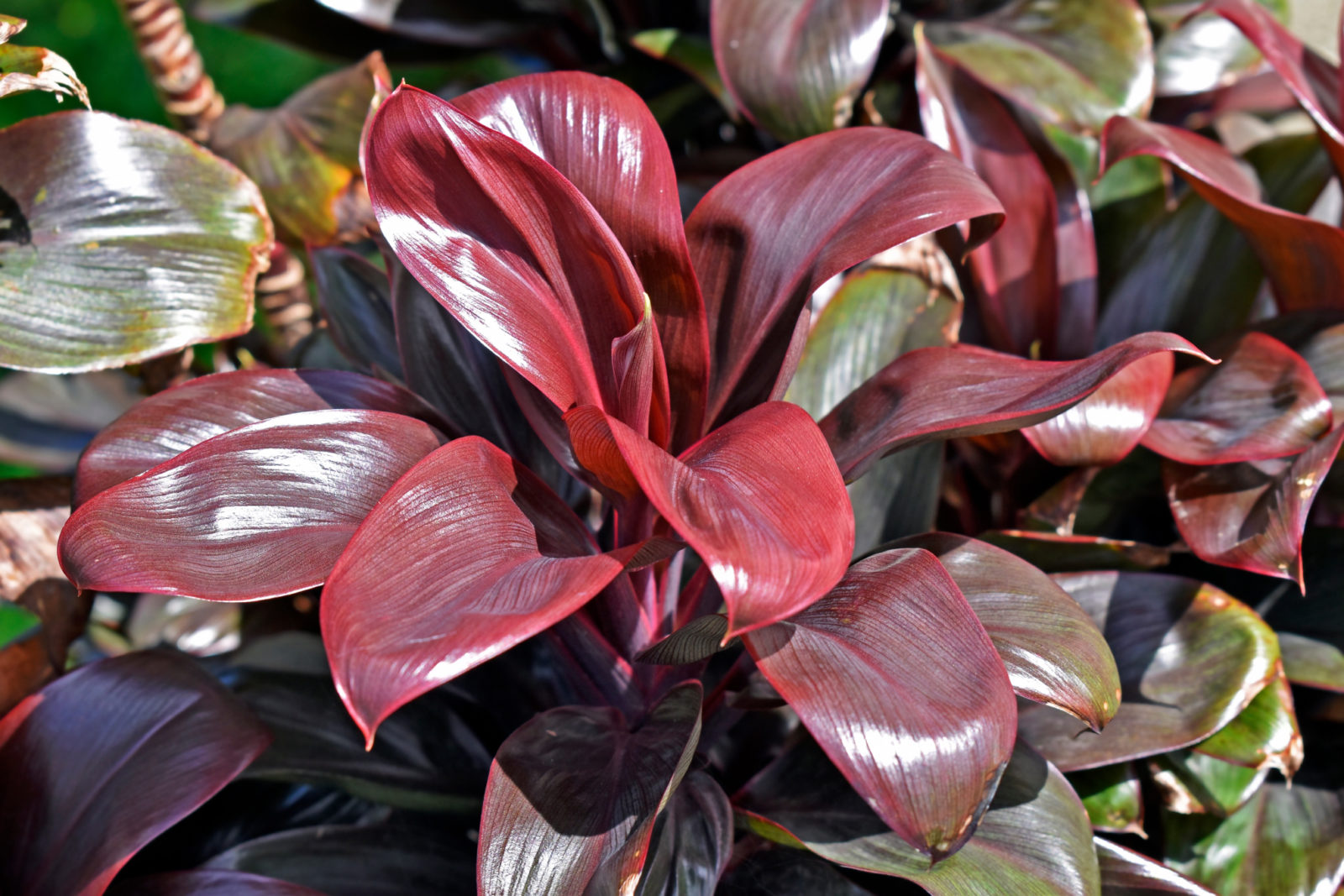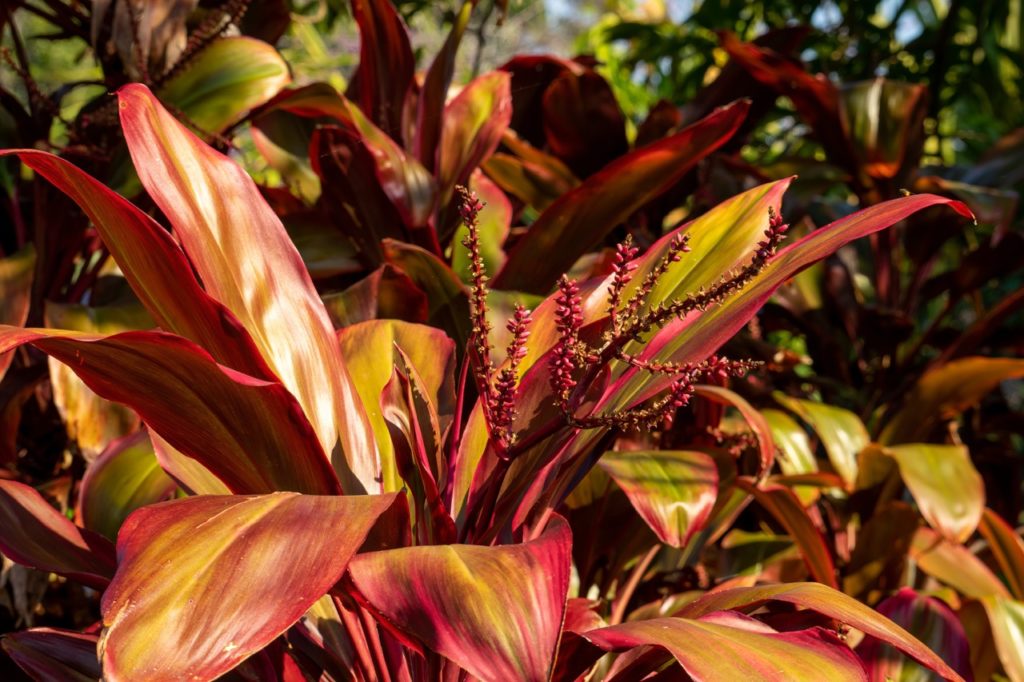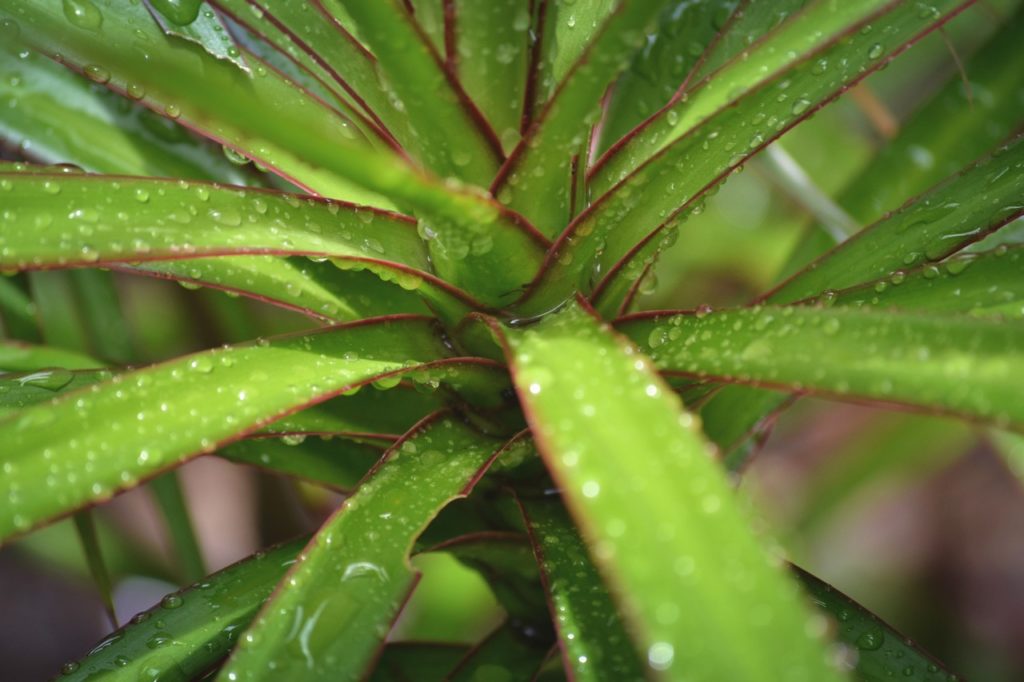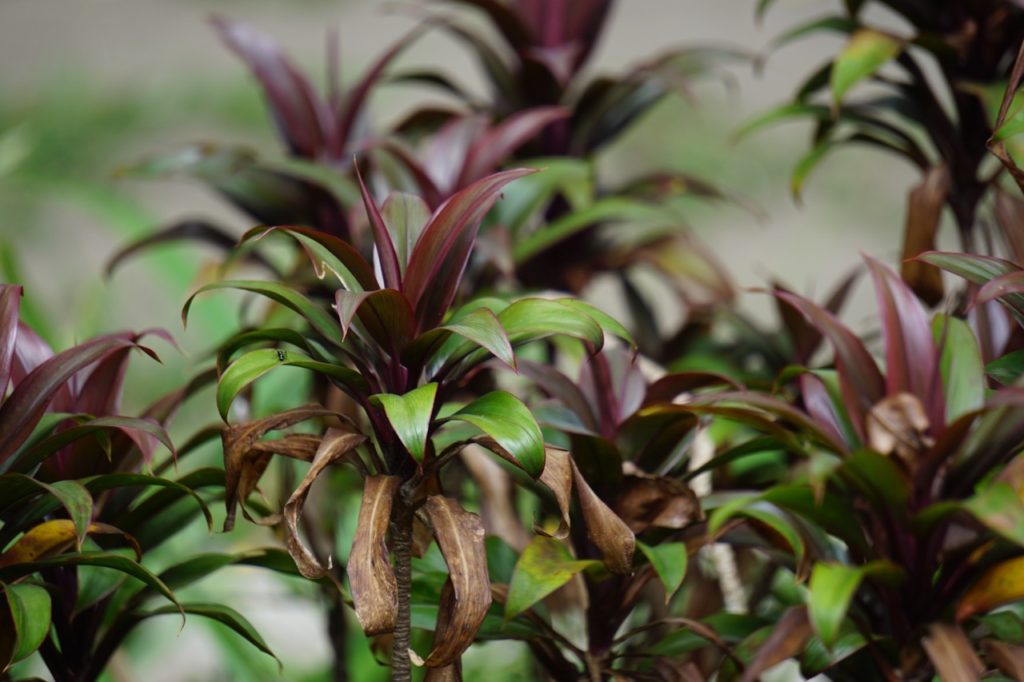Discoloured Cordyline Leaves Can Signal Something Is Wrong: Here Are 6 Common Causes

SHRUBS > CORDYLINE > CHANGING-COLOUR

Elizabeth is a Permaculture Garden Designer, Sustainability Consultant and Professional Writer, working as an advocate for positive change. She graduated from the University of St. Andrews with an MA in English and Philosophy and obtained a Diploma in Applied Permaculture Design from the Permaculture Association.
Reviewed By PETER LICKORISH

Peter is a Horticulture Lecturer and self-employed Horticulturist, with a passion for diverse areas of the industry - from garden design to the science behind plant growth and propagation. He has completed the Royal Horticultural Society’s Master of Horticulture (MHort) Award and lectures on RHS courses at Bedford College.
IN THIS GUIDE
CORDYLINE GUIDES
Container Growing
Leaves Changing Colour
Overwintering
Propagation
Pruning
Revival
Varieties
Cordylines are exotic palm-like plants that are attractive and architectural.
Some can thrive in mild coastal locations and in city gardens, though often need winter protection.
Others make excellent, striking houseplants.
Cordyline leaves turning yellow or brown is typically a sign that something is wrong with the environmental conditions or care.
Discoloured leaves can often be a natural sign of ageing and some leaves are naturally yellow or brown and drop off as part of the natural shedding process.
However, yellow or brown leaves can also be caused by:
- Too much sunlight or an abrupt change in light or temperature.
- An issue with watering (too much or too little).
- Excess salts in the water used on the plant.
- Humidity levels are too low.
- Fungal infections like root rot.
- Potbound conditions.
Read on to understand each of these issues in more detail:
1) Too Much Sunlight

Cordyline leaves can turn yellow or brown if they suddenly receive too much direct sunlight, or if there is a sudden and dramatic change in temperature.
“The former can effectively bleach the colour in some of the more vibrantly pigmented leaves,” shares Peter Lickorish, a Lecturer in Horticulture.
The latter is most likely to occur when plants grow inside over winter and are moved outdoors.
2) Issues With Watering

Cordyline leaves changing hue can also often be a sign that there is a problem with watering.
Cordyline leaves can turn yellow around the edges when overwatering or waterlogged conditions have occurred.
Whole leaves can also turn yellow or brown when the plant has not been watered enough, or during drought conditions.
As the leaves are so tough, they will not wilt in the way many other plants do.
3) Excess Salt In Water

Another issue with watering could be that tap water with excess salts has been used to water the plant.
This can produce scorch-like damage on leaves.
Watering with rainwater wherever possible is always best, but tap water can also be left out before watering for excess salts to evaporate.
4) Incorrect Humidity Levels
A tender cordyline grown as a houseplant inside may often suffer due to low humidity levels, which is another issue that can cause leaves to discolour and turn yellow or brown.
Homes that are centrally heated can be very dry, so misting your plants to create the more humid conditions that these plants enjoy can be a good idea.
5) Fungal Infections

Unfortunately, yellow leaves can also indicate a fungal infection.
Yellow splotches on the leaves could be a fungal leaf problem, and yellow leaves from the base of the plant could indicate that a root or stem rot has impacted the ability of water to reach the rest of the plant.
Fusarium root rot is an unfortunate possibility, especially if waterlogged conditions have prevailed.1Having issues with your Cordylines? Answered Problems & FAQ. (2023, April 21). Exotic Plants Online. Retrieved May 9, 2023, from https://www.exoticplantsonline.co.uk/blogs/having-issues-with-your-cordylines-answered-problems-faq/
6) Potbound Issues

Yellow leaves on cordylines might also be a sign that the plant has become potbound.
It may be time to think about moving your plant into a larger container, so pot up your plant to see whether this allows it to recover if it seems like it has outgrown its current position.
References
- 1Having issues with your Cordylines? Answered Problems & FAQ. (2023, April 21). Exotic Plants Online. Retrieved May 9, 2023, from https://www.exoticplantsonline.co.uk/blogs/having-issues-with-your-cordylines-answered-problems-faq/
